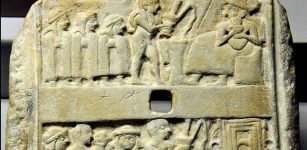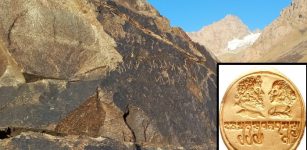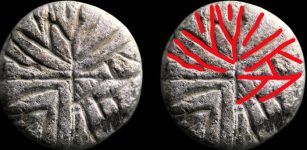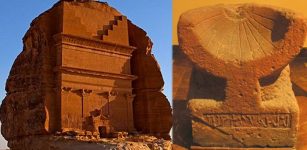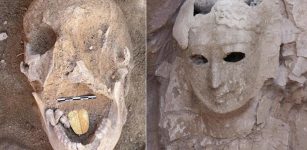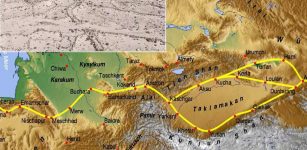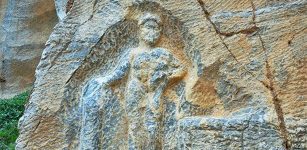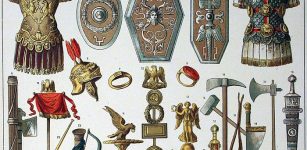Little-Known Mummy Fragments Analyzed By Scientists
Conny Waters - AncientPages.com - Researchers at Friedrich Schiller University Jena, Germany have carried out the first comprehensive analysis of some 20 mummy fragments from collections in the University's archives and have presented their findings in Annals of the History and Philosophy of Biology.
The items examined by the researchers in the archaeology of prehistory and early history, as well as biology and medicine, include four skulls, a torso fragment, a pelvis, two lower jaws, two groups of vertebrae, three left feet, and some tissue remains from Egyptian mummies, as well as two almost completely preserved child mummies from South America.
Credit: Friedrich Schiller University Jena
"Where exactly they came from, under what circumstances they were found, and how they came to Jena cannot be conclusively clarified, as we have no documentation," says Dr. Enrico Paust, curator of the Prehistory and Early History Collection, to which the mummies now belong. Labeling was limited to just a few numbers.
'Mummy mania' around 1900
Most of the items were part of the history of medicine collection of Prof. Theodor Meyer-Steineg. In 1907, the ophthalmologist became a professor of the History of Medicine at the University of Jena. He taught there until 1933, and in 1921, he published a history of medicine together with a colleague, which is still one of the most important German-language overviews in this field.
During his time in Jena, he amassed a medical history collection of around 700 objects, including ancient medical instruments, teaching models, and even mummies. "It's no longer possible to trace where Meyer-Steineg obtained these items," explains Paust.
A few pieces came from the collection of entomologist Otto Schmiedeknecht, who obtained his doctorate under Ernst Haeckel in 1877. He made research trips to the Mediterranean region, including Egypt, and possibly made purchases at the original locations.
"At the end of the 19th and beginning of the 20th century, there was a veritable mummy mania, and the trade flourished," says Paust. "Not only scientific institutions made purchases, but the mummified corpses and body parts were even ground into powder and sold as medicine or aphrodisiacs."
Remains of 15 different people
The lack of information also makes it difficult to draw any conclusions about the deceased individuals. The examinations carried out as part of the current project—including using radiological methods at Jena University Hospital—have at least led to further findings.
For example, one of the two South American children was under the age of one year, and the other was between one and one-and-a-half years old at the time of their deaths. The mummy fragments among the items from Egypt are from three males and two females, while no details can be given for a further eight remains.
"Two of the deceased were possibly related to each other, as they have identical epigenetic characteristics," says Paust. DNA analysis was generally impossible, as the genetic material was too severely damaged. All the mummies date from the Common Era, but it is impossible to obtain more precise information due to the state of preservation.
Informative fabric
The Jena research team focused mainly on the fabrics used to wrap the mummies. "Until now, research on such items has generally concentrated on anthropological examinations and the mummification process. We brought in textile conservator Friederike Leibe-Frohnsdorf, who took a close look at the types of fabric and the thread density, for example," says biology historian Prof. Uwe Hoßfeld, who is also involved in the project.
CT images of the mummy's foot. Cat. no. 14. Credit: Annals of the History and Philosophy of Biology 27/2022 (2023). DOI: 10.17875/gup2023-2486
Large differences in the fineness of the fabric suggest that the textiles with which the Egyptian mummies were wrapped were made for a different purpose and could also have served as clothing, according to the researchers. The material also provided valuable information: the fabrics were primarily made of flax or hemp, but using cotton in some pieces possibly helps to date them.
See also: More Archaeology News
This is because the earliest cotton textiles found in North Africa date back to the 1st century BCE and were imported from India. However, according to the experts, the presence of unspun fibers on the two mummy parts in the Jena collection could also indicate that cotton was cultivated locally, which can only be proven from the 1st century CE onwards.
The study was published in the journal Annals of the History and Philosophy of Biology
Written by Conny Waters - AncientPages.com Staff Writer






